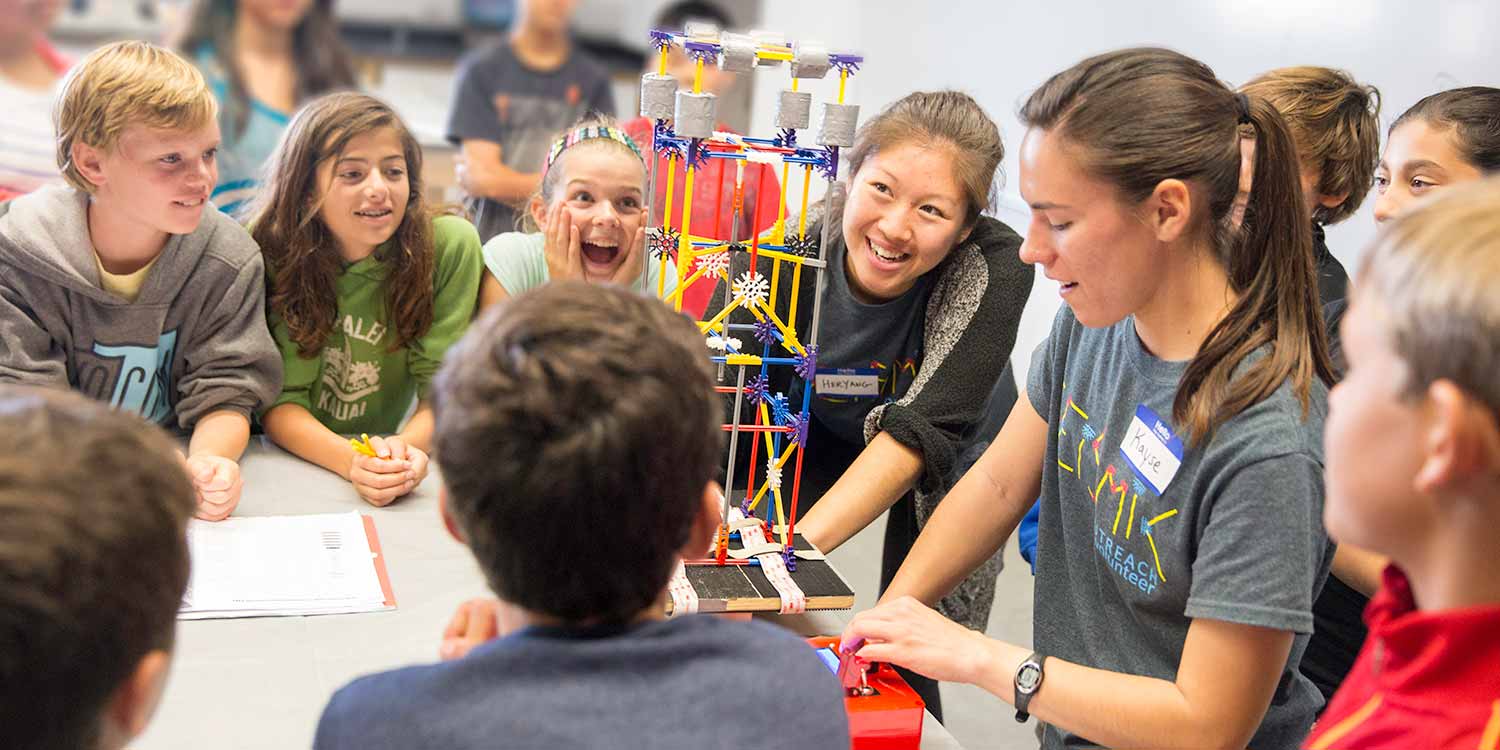Education isn’t just about getting good grades, it’s also about developing students into well-rounded adults that can take on the world. The whole child and whole school (WCWS) approach recognizes the well-rounded education of students and aims to create an environment that supports students' growth in all aspects of their lives, not just their academic scores that we hold in such high regard here in Australia. Here, we will explore the importance of a well-rounded approach to education, the benefits of multi-disciplinary programs, and the role of collective teacher efficacy within this framework.
The WCWS supports students' intellectual, emotional, social, and physical well-being. There are four key components to this approach: In-Depth Health and Wellness Education, Social and Emotional Learning (SEL) Programs, Individualized Instruction for Students, and Establishing Community Partnerships.
Here are some ways in which you can implement these components.
In-Depth Health and Wellness Education:

Implementing comprehensive health and wellness program means creating an education system that addresses physical and mental wellbeing. This can be accomplished by putting more emphasis on:
- Physical Education and Being Active
HOW TO: -
Encourage regular physical activity through classes, sports programs, and extracurricular activities.
-
Provide resources and facilities that promote a healthy and active lifestyle.
- Mental Health Support
HOW TO: -
Establish counselling services, stress management techniques, and resources to help students cope with challenges effectively.
- Healthy Nutrition
HOW TO: -
Educate students on healthy eating habits and balanced diets
-
Provide nutritious meals. Here in Australia, the school canteen is a luxury for the lucky students with families that can afford it, but in other parts of the world, it’s a right to be fed at school. Imagine the daily feed at the canteen of hotdogs and chips was substituted for a nutritious meal!
Social and Emotional Learning (SEL) Programs:

SEL programs focus on teaching essential life skills, being resilient, encouraging empathy, and promoting positive relationships. This can be done by teaching:
- Character Education
HOW TO: -
Teach values such as integrity, empathy, and responsibility into the curriculum
-
Create opportunities for students to practice these values through community service projects and peer mentoring programs.
- Emotional Intelligence
HOW TO: -
Introduce training to help students understand and manage their emotions effectively
-
Teach self-awareness, self-regulation, mindfulness, empathy, and effective communication skills.
- Conflict Resolution
HOW TO: -
Teach conflict-resolution skills to develop problem-solving abilities
-
Promote peaceful interactions
-
Build a positive and inclusive school community.
Individualized Instruction for Students:

Implementing individualized and differentiated instructions can be highly beneficial to the education of students. Most students will learn at the same pace, but for those who don’t, it means that they can get the support needed. It means that each student can have a personalized learning experience. To do this teachers can use:
- Assessments for Learning
HOW TO: -
Use class assessments to tailor instruction
-
Provide detailed feedback
-
Develop personalized learning plans for students struggling below the rest of the class
- Flexible Grouping
HOW TO: -
Encourage collaborative learning by grouping students with different abilities and backgrounds
-
Facilitate cooperative group work that encourages interaction and collective problem-solving between students
-
Encourage participation
- Enrichment and Remediation
HOW TO -
Offer enrichment opportunities for high-achieving students and targeted interventions for those who need additional assistance
-
Implement personalized learning approaches that meet individual student needs.
Establishing Community Partnerships:

Building partnerships with families, community organizations, and local businesses enhances students' educational experiences. Strategies for creating these partnerships include:
- Family Involvement
HOW TO -
Establish regular communication channels with parents
-
Involve parents in decision-making processes
-
Provide resources for supporting learning at home
-
Arrange family events, workshops, and volunteer opportunities
- Mentorship Programs:
HOW TO -
Collaborate with local councils and organizations to establish mentorship programs connecting students with professionals
-
Provide guidance on career pathways
-
Offer hands-on learning opportunities
- Service-Learning Projects:
HOW TO -
Engage students in community service projects that address local needs where students can make a visible difference
-
Create a sense of responsibility, empathy, and social awareness towards the community
-
Collaborate with community organizations to identify meaningful service opportunities
The Integration of Multi-Disciplinary Programs:

The CRASHING INTO POTENTIAL (CIP) Year 9 Bachelor Program is our first program to be spread over multiple subjects. Our multi-disciplinary educational program enriches the WCWS approach by integrating knowledge and skills from various disciplines. Here are some major benefits of adopting a multi-disciplinary program at your school:
- Cross-Curricular Connections:
-
Students can explore connections between subject areas to gain a multifaceted perspective. CIP incorporates Wellbeing, English, Health and Physical Education, and Visual and Performance Arts. Programs catering for cross-curriculum connections can help promote critical thinking and problem-solving skills.
- Well-Rounded Learning Experiences:
-
Engaging students in hands-on, experiential learning beyond traditional classrooms will provide a well-rounded learning experience. Students will learn to apply knowledge and skills from multiple disciplines to solve complex problems and address different challenges.
- Personalized Learning Paths:
-
Allowing students to explore their passions and make connections across subject areas, will help them find their own path in education. Personalized learning can cater to individual learning styles, enhance motivation, and show students the relevance of their education, which gives students the opportunity to take their education in the direction they want to. CIP caters for both artistic and academic students.
- Career Readiness and Future Skills:
-
Developing transferable skills like critical thinking, communication, collaboration, and adaptability across multiple disciplines will prepare students for future careers requiring interdisciplinary thinking and navigating diverse professional environments.
- Global Perspectives and Cultural Competence:
-
Incorporating diverse perspectives and global issues into the curriculum will create empathy, respect for diversity, and global citizenship.
Collective Teacher Efficacy and Its Role

To finish up, I just want to touch on Collective Teacher Efficacy (CTE). Another major benefit of adopting a multi-disciplinary program at your school is CTE. CTE is relevant in the WCWS approach because it requires teachers to work together for the benefit of the students, and it helps promote:
-
Collaborative professional learning communities where teachers can establish communities to collaborate, share expertise, and collectively problem-solve to support student development.
-
Data-informed decision-making, where each discipline can share data to inform instructional decisions, identify trends, and develop targeted interventions.
-
Peer observation and feedback where teachers can engage in peer observation and provide constructive feedback to refine teaching strategies.
-
Shared responsibility for student success between educators that can positively impact wellbeing and academic achievement.
-
A supportive school culture to create a positive and empowering environment through collaboration, open communication, and shared purpose.
The WCWS approach to education prioritizes the well-rounded development of students. By implementing a well-rounded education curriculum, schools can create a supportive environment where each student has the opportunity to thrive, regardless of their background and abilities. Integrating multi-disciplinary programs like the CIP enriches students' educational experiences and prepares them for the future. Teachers working together further enhance this framework by using a collaborative approach to enhance each child's learning experience. Together, with these approaches to education, we can pave the way for a comprehensive and transformative educational experience that equips students with the skills and mindset tools for success in all aspects of their lives.
For more information on the CIP programs visit www.scottbharris.com.au.





